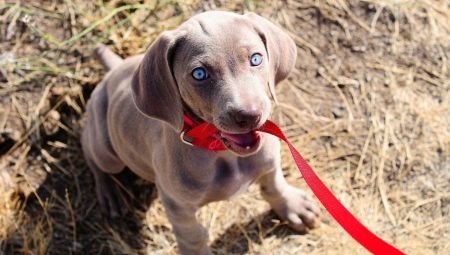For many decades, dogs have served humans as loyal and reliable helpers. Full communication with the pet will not work if you do not understand its behavior. Every dog lover is interested in learning about their thoughts and intentions. In fact, it is not so difficult, it is enough to study the basic habits.
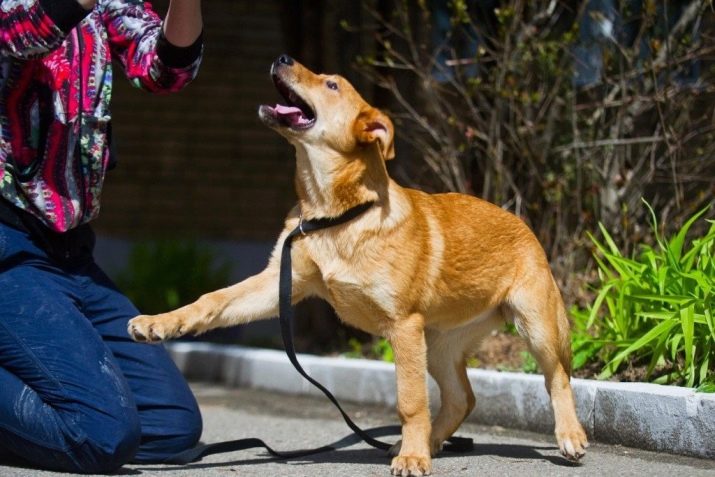
What it is?
Logic and analytics in the behavior of dogs are absent. From birth, instincts rule them. Over time, the puppies begin to duplicate the behavior of the mother, but the main teacher is still personal experience. A disheveled soft toy will no longer be of interest if the whole story ended in an unpleasant taste, pain or fear.
With age, the dog learns to adapt and interact with the outside world. An adult dog does not take an example from other individuals, which is important to consider.
Dog habits are formed only in those situations that were in their life. Animals are social, and therefore learn to signal to other members of the pack (dogs and people) about their intentions, thoughts, conditions.
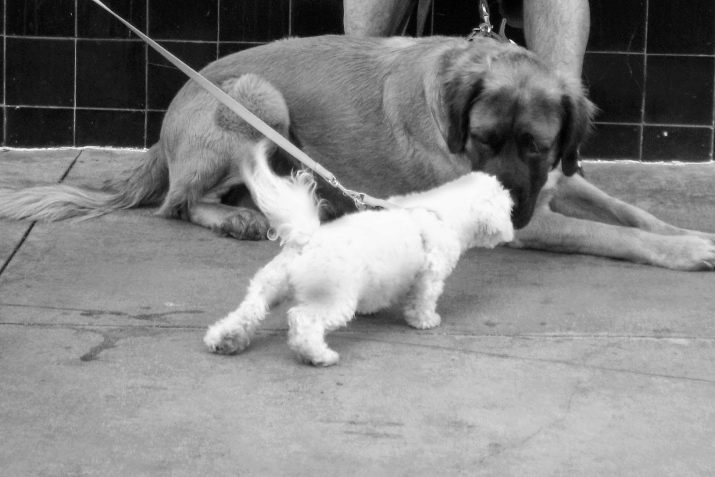
Which are there?
Dog behavior is composed of a specific set of reactions. Some of them can be adjusted, others can be controlled. Correction usually consists in rewards, limitations, rarely in the use of sedatives. Dog handlers and experienced dog owners identify several types of reactions.
- Food. This is an initial and predominant reaction. Even for a puppy at 2 months old, there is a basic need for food. Hunger provokes an animal to take active steps to obtain food. This is the oldest reaction that is based entirely on instincts. Reflexes, which are formed by food as the main irritant, are the most durable.Training based on such reactions is the most effective.

- Defensive. It can be acquired or congenital. Such a reaction should protect the dog from pain, danger and any threat. It manifests itself in three versions: an active position of defense, cowardly-malicious behavior and passive.
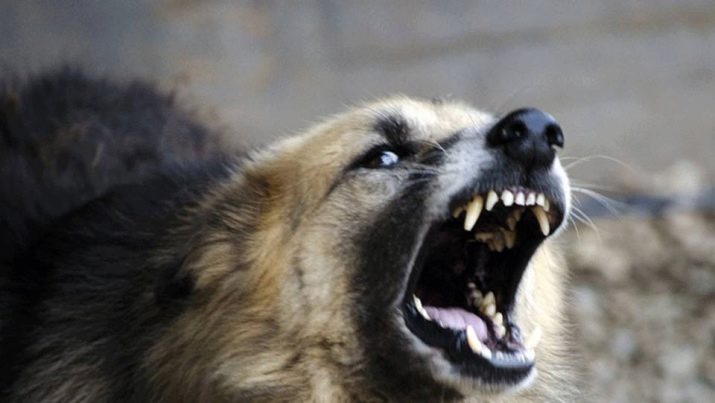
- Indicative. It manifests itself in an unknown environment. It consists in studying everything that is around. This reaction passes quickly and does not require special measures on the part of people.
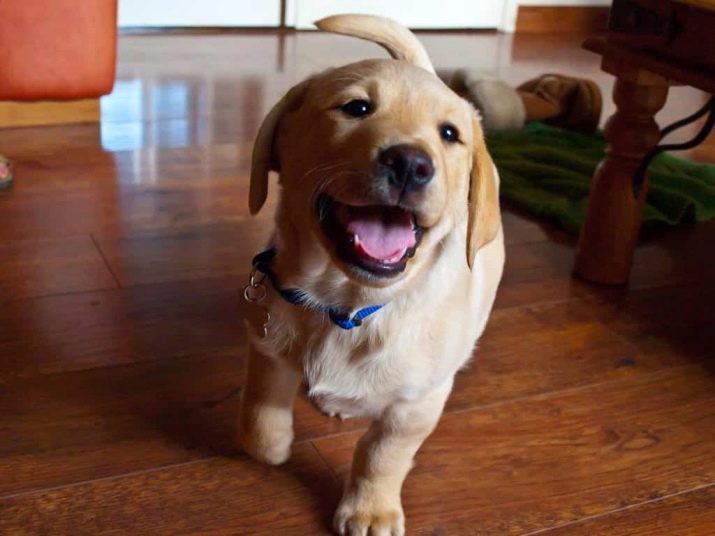
- Search engine. This species is due to congenital and physiological reflexes. This reaction is considered important for the dog’s survival. In most cases, it does not manifest itself in everyday life in comfortable conditions, but is present in the mind of the animal. Such a reaction usually develops in service breeds during training.

- Behavioral reaction of attachment. Aggressive and inappropriate behavior, fear of people - a vivid example of an unformed reaction of this type. She completely determines the relationship with the owner. This group includes all the behavior with which the dog shows love and devotion, the desire to protect. If necessary, this reaction is adjusted during training with a dog handler.
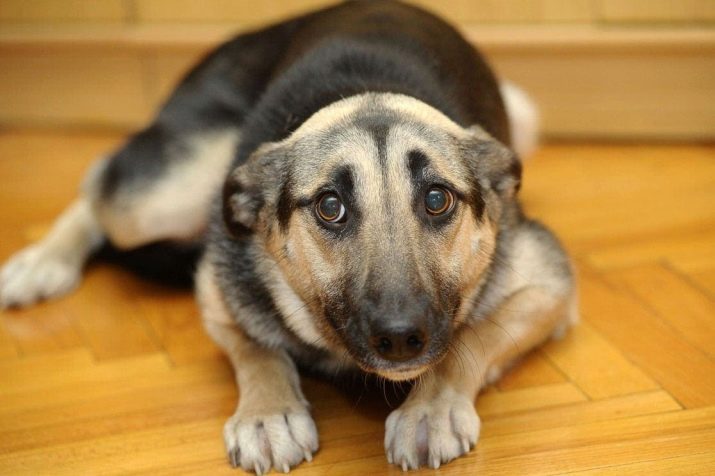
How to understand their meaning?
Owners cannot always satisfy the needs of the dog simply because they cannot understand its signals. The behavior of the pet is always something justified, it is always an attempt to convey some kind of information. It is worth considering the features of the manifestation of emotions and intentions in dogs.
- Joy. Dogs of any age show it the same way. The dog tries to jump onto its arms, lick its arms or face. Cheerful barking and running around a person is a typical manifestation of joy. The dog can invite the owner to the common game, bring his toys.
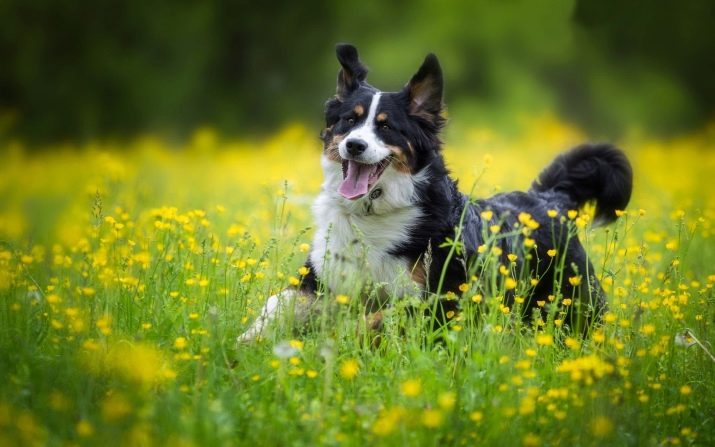
- Goodwill. Such habits are caused not only by external factors, but also by the breed, the nature of the particular dog. A light tail wave with a relaxed body and slightly raised ears is a good sign. The latter signals a share of curiosity in relation to a person or an animal.
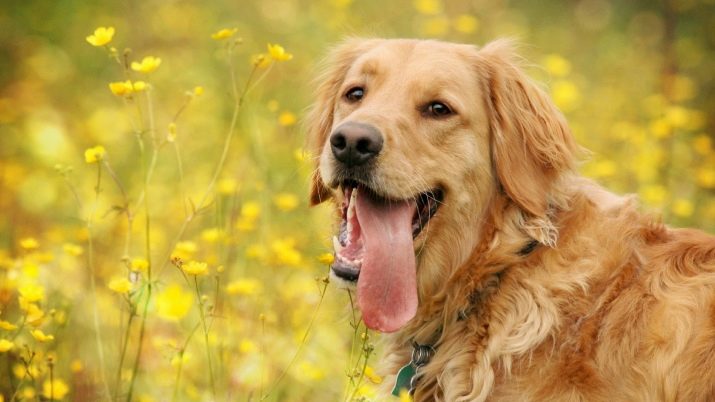
- Dominance. The easiest way to understand such habits is that dogs always express them clearly. Increased sexual activity is a prime example. The dog jumps on the owner or family during rutting or estrus. A pet can exercise authority over other animals by taking away food or toys. Behavior usually requires correction in the form of training for obedience and obedience.
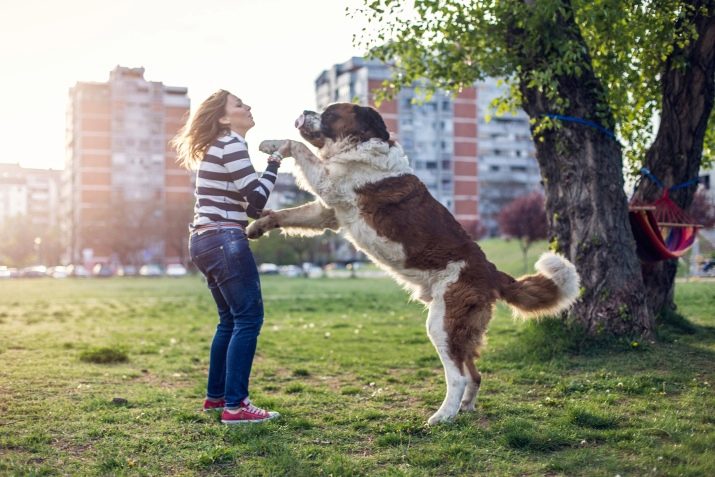
- Aggression. Loud barking and throws towards a person (animal) with attempts to bite are clear signs of such a reaction. At the same time, they share zoo aggression and aggression towards people. The first may be related to the characteristics of the breed. A course of training is required, and in some cases it is worth thinking about sedative medications.
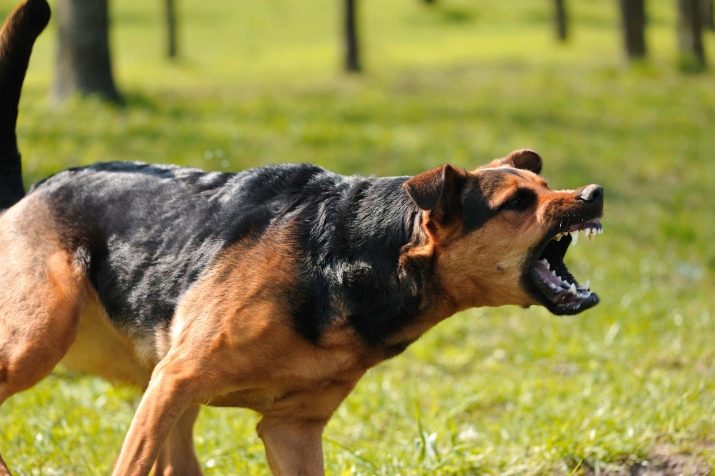
- Willingness to attack. This habits has a resemblance to a friendly reaction, so it’s important to remember the differences. The dog wags its tail with a small amplitude and directs it straight up.
The body is tensed and directed forward, and the front legs are widely set. At the same time, many pets strain their ears.
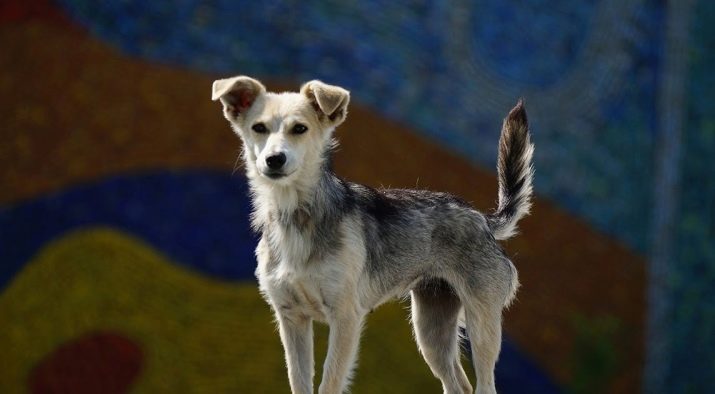
- Subordination. The main feature in the demonstration of the abdomen. Upon contact with a larger or adult animal, the dog gives itself a sniff, lies on its stomach, and then shows it. Often puppies and young animals behave this way, while for some reason they cannot dominate the pack.

- Fatigue. In this case, the habits are very similar to human, when observed, they are easy to recognize. Slow and heavy movements combined with constant attempts to sit or lie down.
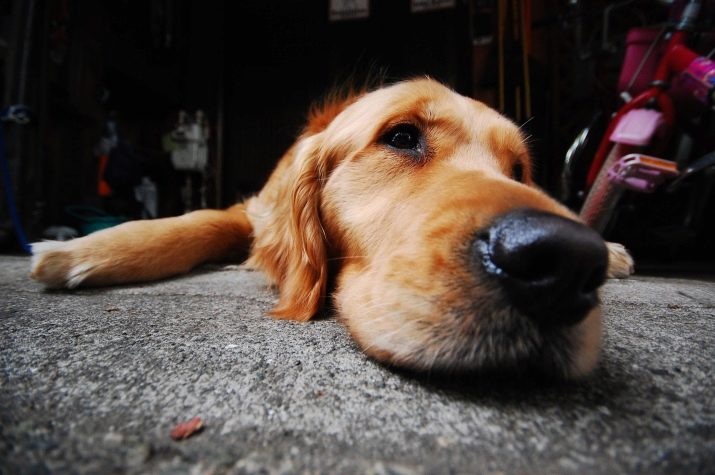
- Fear and stress. The behavior may be different depending on the characteristics of a particular dog and the situation itself. Tremors and attempts to run to the owner, to hide behind his feet are vivid signs of fear. There are cases of manifestation of aggression and involuntary urination.If this happens on a walk, then you need to take the dog home and help calm down.
Do not try to caress and talk nicely with the dog, this can form an inadequate attitude to the source of fear.
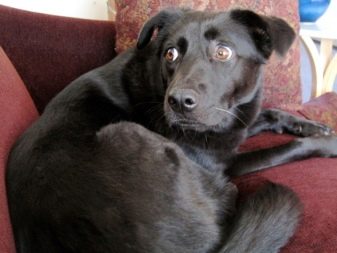
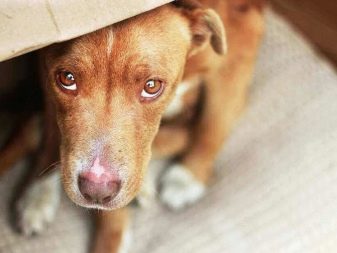
The expression of emotions can often be determined intuitively. Dog reactions are much like human ones. However, dog behavior is characterized by special rituals that are not always understood. It is worth considering the behavior and its significance in more detail.
- The desire to rub on rotten food and a passion for everything decaying. From the side it looks pretty unpleasant, but it is of particular importance. Hunting instincts push the pet to disguise.
When rubbing against such objects, the natural smell mixes with the stench and is no longer perceptible for brothers and victims.
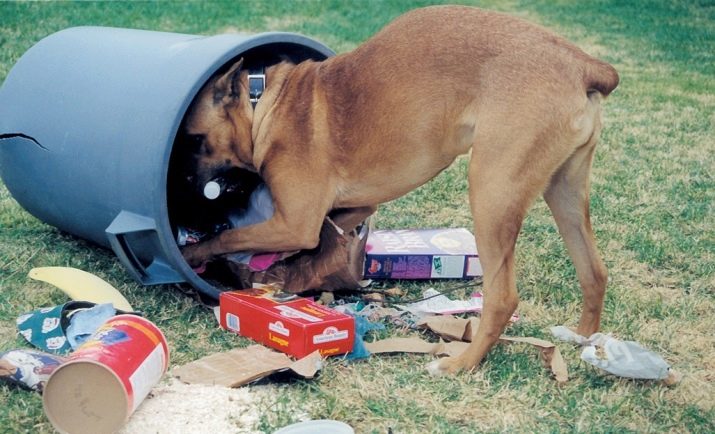
- Involuntary urination when meeting with the owner. It manifests itself in a mild form of a kind of psychological disorder. The pet recognizes the leader in a person so much that he feels insecure, loses his personality.
For adjustment, it is worth less time for the dog after returning from work and reduce eye contact.
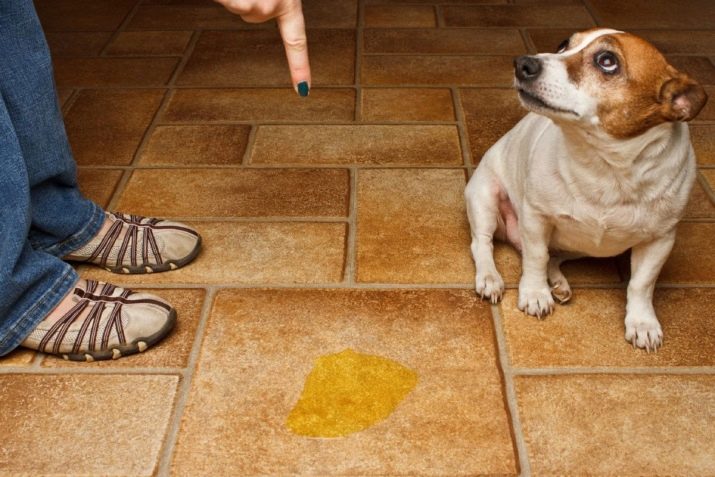
- Howling. The dog makes such sounds to notify other relatives of its location. Sometimes a dog may howl due to loneliness. It is also an effective way to calm and relieve stress.

- Hatred of cats is actually not at all.. In fact, this is simply a manifestation of the hunting instinct.
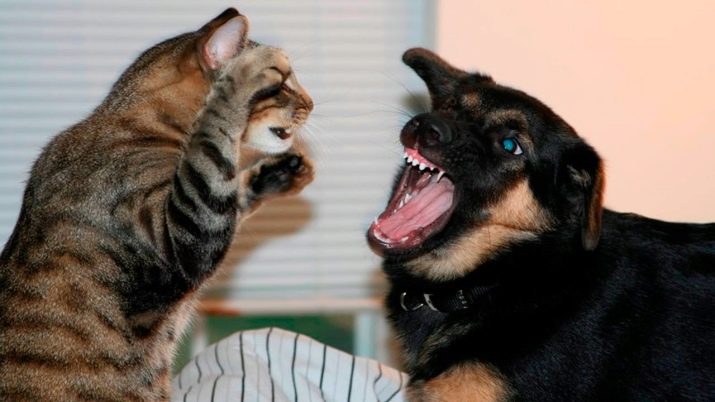
- Friendship with cats. It occurs in situations where a dog and a cat live under the same cover. Moreover, it is the feline representative who will be the commander or even the tyrant in this pair.
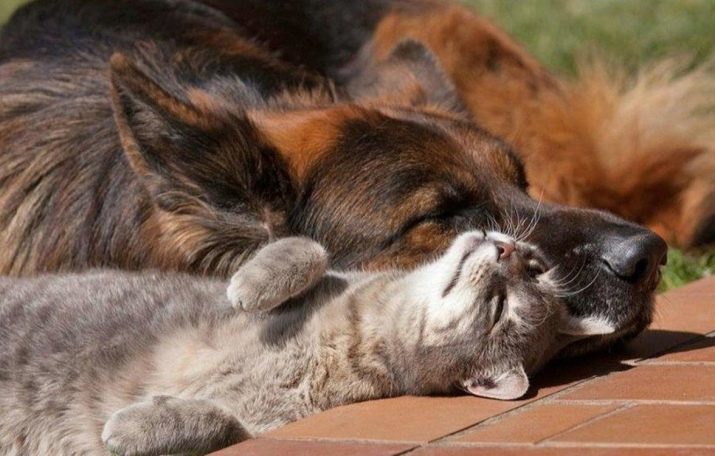
- Jerking paws in a dream that resembles running. Sometimes in conjunction with barking or whining. This is a clear sign that the dog has a realistic and colorful dream.
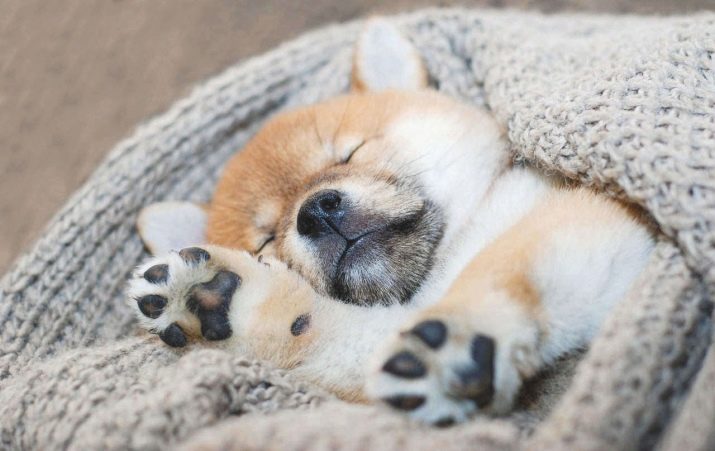
How to respond?
Unsuitable behavior on the part of the dog, for example, aggression or antisocial manifestations, is adjusted independently or with the help of a dog handler in the process of training. Most dangerous or unacceptable habits pass quickly. The behavior of the owner should always be predictable for the pet. Follow these rules when reacting to the habits of a pet, such as:
- the owner should always be friendly, there is not a single situation where the dog deserves rudeness in relation to himself;
- if a person wants to change the direction of movement during a walk, then you need to warn the dog with a gesture or a look; It is worth calling by the nickname, and not pulling the leash;
- Do not behave hysterically and chaotically, yelling and tugging the leash in an unpleasant situation, when meeting with someone else's pet, as this will provoke fear and aggression towards other animals, relax your hand with the leash and call the dog by name;
- the owner must be able to behave calmly, without overestimating the danger of the situation, panic and aggression are infectious, the dog may begin to behave inappropriately;
- when communicating with a dog, it is important to be guided by his and her feelings, attempts to act roughly and physically will make the dog afraid of the owner, and not obey.
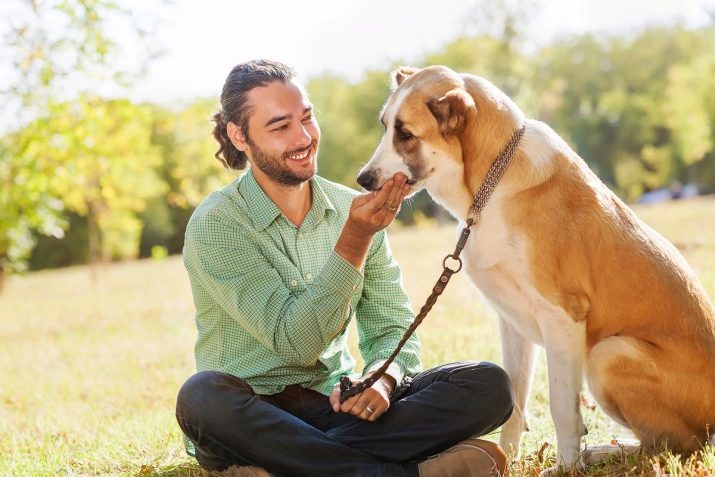
If positive communication does not give the desired result, the dog behaves aggressively and threatens health, then you need to seek help from specialists. The veterinarian, dog handler and zoologist together will be able to calculate the source of habits and draw up a course of corrective measures. The following stages of behavior correction are distinguished:
- building tandem relations - the owner must earn the place of leader;
- stopping negative behavior with an audible signal - use loud pops or whistles; any sharp, jerking sound is suitable;
- encouraging positive behavior with affection, treats, praise, and stroking;
- a cynologist’s training course to consolidate the desired result - classes with a specialist will help to improve behavior and habits, build confidence.
See how to understand a dog by its habits in the next video.
